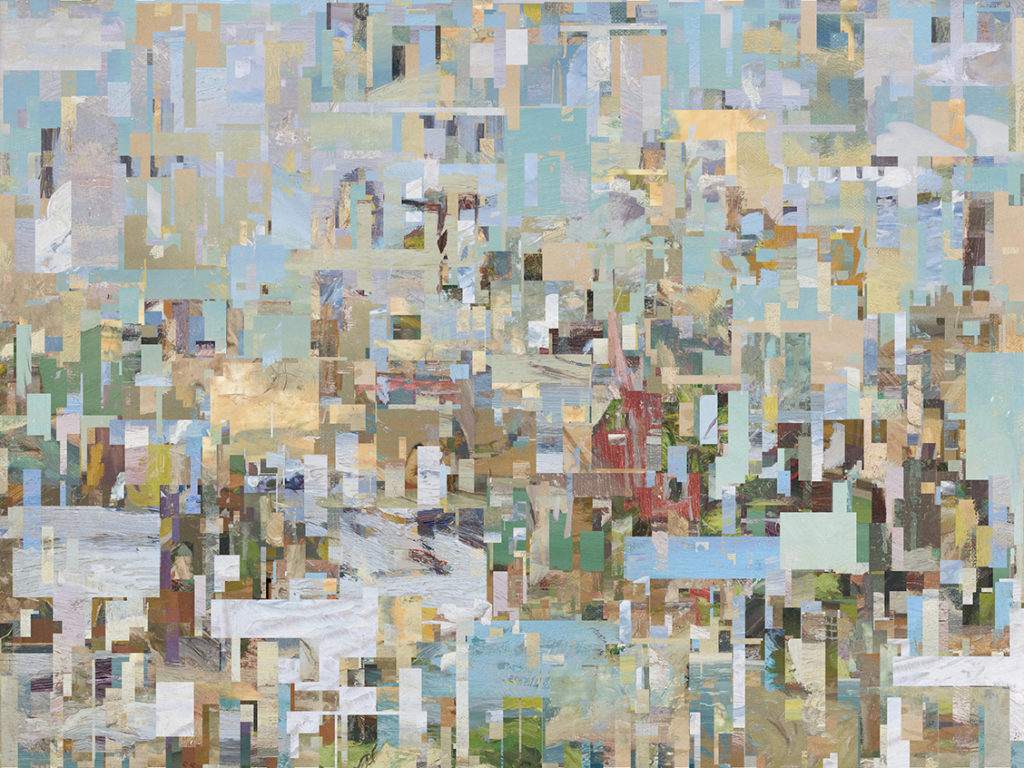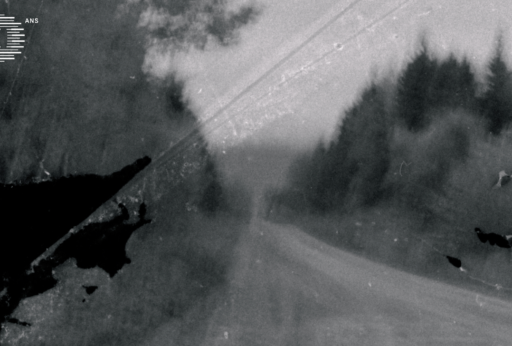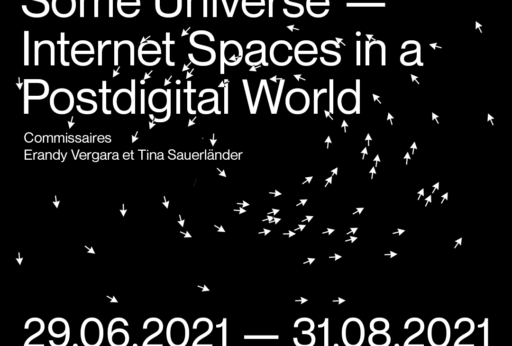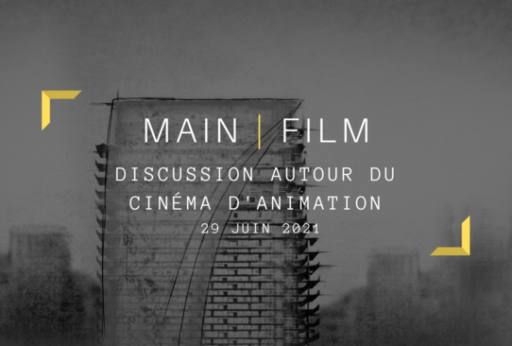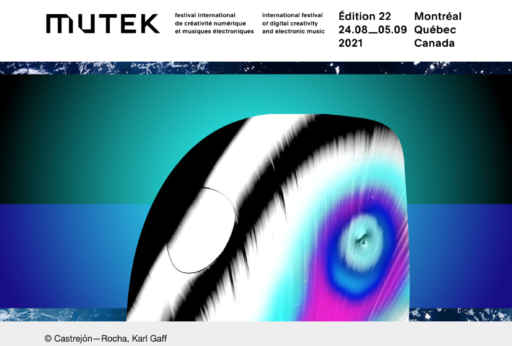ADAM BASANTA
Landscape Past Future – A Brief History Of Cultural Production Part 1
Extract from the text Beyond Any Agency by Nathalie Bachand
Created from a large database of important public museum collections – including the Metropolitan Museum, the Louvre, the Prado Museum, the Tate Modern, and the Rijksmuseum – the digital impressions of Landscape Past Future consist of fragmented recompositions of landscape images from different artistic movements that have spanned the ages: 17th century Dutch Golden Age painting; 19th century American landscape photography; 20th century Canadian landscape painting. This sampling process, where canonized art historical works become sources of raw materials in order to be remixed and amalgamated, originates – long before the digital turn – in analog “collage” processes that can be associated with Dada or William S. Burroughs’ Cut-Up. In contrast, digital technology automates the process. If Dada gave itself rules or, similarly, situationist’s “dérives”, the algorithm “mimics” this modality while ensuring that these rules can be repeated – in a dizzying scale and speed – according to a certain semi-random scheme. In all cases, it is a question of allowing for a lack-of-control, a seemingly random re-arrangement of flux in the hands of a machine learning Generative Adversarial Network, a metadata filter (which targets specific media, geographic origins, or metadata keywords such as “landscape” or “sky”) and a custom mosaic composition software that recomposes, pixel by pixel, a new image where each “extraction” of the original work returns to its original position in the image – the tiny portion of the far left of a sky, for example, being transposed to the same place in the new composition. Through the apparent randomness, emergent features do appear: sky, ground, a suggestion of a mountain or tree. The aggregation of formally coherent source image fragments then takes the form of a set whose average has been calculated.
XUAN YE
Live performance
17:00-17:20
The performance will be a continuation of the series WNWHLWFF to explore the tangents of a coexisting climate between human, nature and technology through the bodily connections of sound and vibration.
Co-production : ELLEPHANT / Ed Video Media Art Centre
ELLEPHANT 1201 Saint-Dominique, Montréal H2X 2W3
